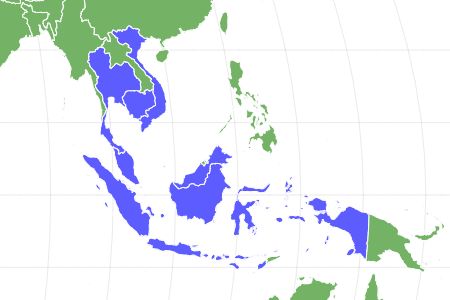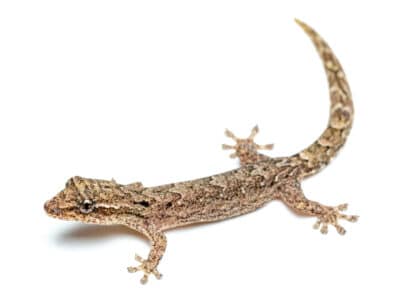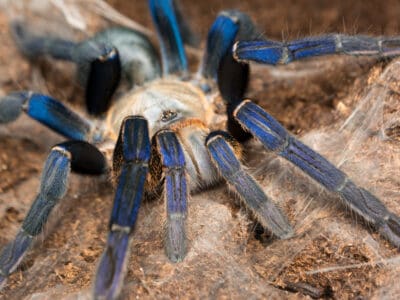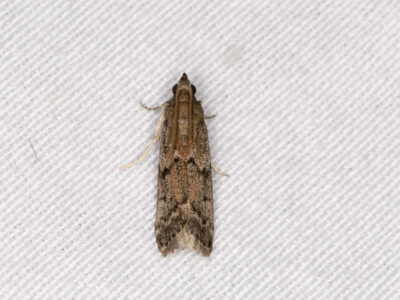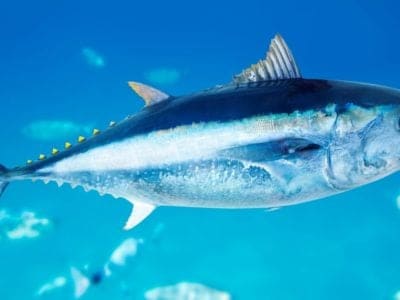Asian Arowana
Scleropages formosus
The male Asian arowana raises the eggs in its mouth
Advertisement
Asian Arowana Scientific Classification
- Kingdom
- Animalia
- Phylum
- Chordata
- Class
- Actinopterygii
- Order
- Osteoglossiformes
- Family
- Osteoglossidae
- Genus
- Scleropages
- Scientific Name
- Scleropages formosus
Read our Complete Guide to Classification of Animals.
Asian Arowana Conservation Status
Asian Arowana Facts
- Prey
- Insects, frogs, spiders, lizards, birds, bats, and more
- Group Behavior
- Solitary
- Fun Fact
- The male Asian arowana raises the eggs in its mouth
- Estimated Population Size
- Unknown
- Biggest Threat
- Overfishing and habitat loss
- Most Distinctive Feature
- The bright lustrous scales
- Other Name(s)
- Asian bony tongue and dragonfish
- Habitat
- Rivers and swamps of Southeast Asia
- Predators
- Larger fish
- Diet
- Carnivore
- Type
- Ray-finned fish
- Common Name
- Asian Arowana
- Number Of Species
- 1
View all of the Asian Arowana images!
The Asian Arowana is known by many distinct names, including the Asian bony tongue and the dragonfish.
The name dragonfish comes from its unique appearance, including the massive scales, bright lustrous colors, and the graceful movements through the water. They are very popular and highly sought after in the international pet trade. However, because they do require a substantial tank size and plenty of food, the Asian Arowana is not an easy pet to care for. They are also banned in many countries to protect the remaining wild populations.
3 Asian Arowana Facts!
- The Asian Arowana is a symbol of good luck and prosperity in many local cultures.
- The Asian Arowana is often considered to be a prehistoric fish because little outward change has occurred since it first evolved many millions of years ago.
- The Asian Arowana is highly territorial and aggressive against intruders. For this reason, many fish choose to live alone or in small groups.
Asian Arowana Classification and Scientific Name
The scientific name of the Asian Arowana is Scleropages formosus. Scleropages comes from a Greek term that generally translates to mean hard leaves. This is perhaps a reference to the large scales on the body. The species name formosus is derived from a Latin word meaning beautiful, handsome, or finely formed. There is some debate about whether the Asian Arowana is a single species or four separate types of species, but most taxonomists classify it as a single species.
Asian Arowana Appearance
The Asian Arowana is characterized by a long, narrow body with thick scales on the stomach and a pair of long barbels (sensing organs) emerging from the lower jaw, which curves upward into a pointed snout. They come in a wide variety of different colors, including green, silver, orange, and red. The species can measure up to 3 feet long, but most specimens are considerably smaller than this. When swimming, their fan-like fins spread out and glide gracefully through the water. Males are generally distinguished from females by their wider and deeper mouths.
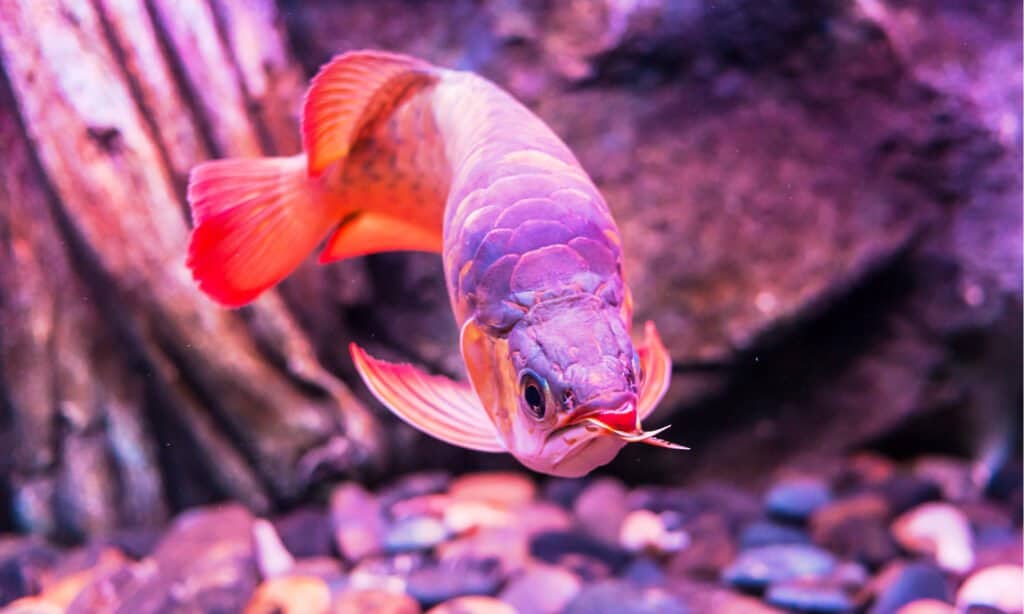
©KeongDaGreat/Shutterstock.com
Asian Arowana Distribution, Population, and Habitat
The Asian Arowana prefers the slow-moving waters of swamps and wetlands throughout Southeast Asia. These areas are often called blackwater rivers because decayed vegetation turns them murky and acidic. Population numbers are not known, but according to the IUCN Red List, the Asian Arowana is an endangered species. Habitat loss and overfishing for the pet trade are major contributors to their decline. They are protected by many governments around the world, but illegal poaching still continues apace.
Asian Arowana Predators and Prey
The Asian Arowana is a carnivorous species. They spend much of their day hunting for food in shallow, shaded areas of their habitat.
What eats the Asian Arowana?
Because of their large size, the Asian Arowana has few major predators in the wild perhaps besides larger fish.
What does the Asian Arowana eat?
The Asian Arowana will consume almost anything they find near the surface, including insects, frogs, spiders, birds, lizards, bats, and more. They have the ability to leap out of the water and snatch prey straight out of the air. Many of their prey are found hanging on vegetation or floating on the surface.
Asian Arowana Reproduction and Lifespan
When the breeding season arrives, the female will lay anywhere between 30 and 100 large eggs at a time. The male will then fertilize the eggs externally with his sperm. The Asian Arowana is what’s known as a mouthbrooder. This means the male will keep the eggs within his mouth to protect them against potential predators. Even after hatching from the eggs, the fry will remain within the father’s mouth for another two or three months. After learning to fend for themselves, the juveniles take about three or four years to reach full sexual maturity, longer than most freshwater fish. They have been known to live a surprisingly long time in captivity. The maximum lifespan is around 60 years old, but most tend to live for about 15 or 20 years.
Asian Arowana in Fishing and Cooking
The Asian Arowana is not normally caught by people for food, but they are a fairly popular choice for the aquarium trade because of their unique appearance. They come in many different types of colors, including red, silver, and albino. Unfortunately, they can be quite difficult and finicky to care for. The Asian Arowana requires a large tank size of at least 50 gallons or an entire outdoor pond set at around 80 degrees Fahrenheit (or 28 degrees Celsius). This species is a voracious eater that produces a lot of waste, and they do not get along well with other fish either.
View all 194 animals that start with AAsian Arowana FAQs (Frequently Asked Questions)
Where does the Asian Arowana live?
The Asian Arowana lives in slow-moving swamps and wetlands throughout Southeast Asia.
How much does an Asian Arowana cost?
Because the Asian Arowana is in such high demand, it costs quite a bit to own. The price usually starts at around $300 for the most common types. The price of rare adults can easily go for many thousands of dollars. Some of them are rumored to cost up to $300,000 in rare circumstances. The effort to reduce poaching from the wild has greatly driven up the price of the Arowana.
Can you own an Asian Arowana in the US?
The Asian Arowana is a protected species in the United States. It is illegal to own, purchase, or import one. Always check the local laws in your country before attempting to purchase one.
Is the Asian Arowana rare?
Yes, the falling numbers in the wild and the effort to protect them have made them much harder to find. But the Asian Arowana is still highly prized and people are willing to pay huge costs to obtain one.
Why is the Asian Arowana endangered?
The Asian Arowana has declined in number due to a combination of habitat loss and overfishing. Wetlands are some of the most endangered habitats in the world. They are often cleared to make way for farms, plantations, or homes. The remaining populations of the Arowana were further depleted by exploitation in the pet trade.
How big does the Asian Arowana get?
The Asian Arowana does not usually grow much larger than 3 feet long. They require a minimum tank size of at least 50 gallons to feel comfortable. While Arowanas are considered to be highly territorial and aggressive, it is possible to keep them together as long as they have sufficient room. Some people purchase a tank size of more than 250 gallons or even create their own outdoor ponds to house multiple Arowanas together. They are rarely found together in groupings of more than six at a time.
Thank you for reading! Have some feedback for us? Contact the AZ Animals editorial team.
Sources
- The Dallas World Aquarium / Accessed April 22, 2022
- Petguide / Accessed April 22, 2022
- Make It / Accessed April 22, 2022

